Poplin fabric, with its distinctive ribbed texture and versatile nature, is a staple in the textile industry. From everyday apparel to high-end fashion and industrial applications, poplin’s unique properties make it suitable for a wide range of uses. Understanding the various types of poplin fabric is essential for selecting the right material for specific projects.
This blog post will delve into the different types of poplin fabric, exploring their individual characteristics, benefits, and applications. We’ll examine how each type’s composition and weave influence its performance, providing insights into why poplin remains a popular choice across diverse industries.
What is Poplin Fabric
-
 Organic Poplin Fabric
Organic Poplin Fabric -
 CVC Poplin Fabric
CVC Poplin Fabric -
 Trigger Poplin Fabric
Trigger Poplin Fabric -
 Plain Poplin Fabric
Plain Poplin Fabric -
 Viscose Poplin Fabric
Viscose Poplin Fabric -
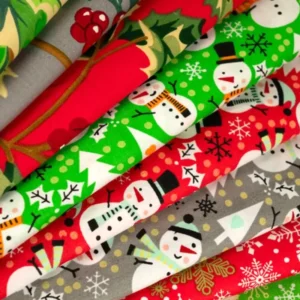 Christmas Poplin Fabric
Christmas Poplin Fabric -
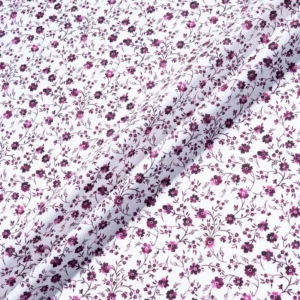 Poplin Fabric for Summer
Poplin Fabric for Summer -
 Irish Poplin Fabric
Irish Poplin Fabric -
 Rayon Poplin Fabric
Rayon Poplin Fabric -
 Solid Poplin Fabric
Solid Poplin Fabric -
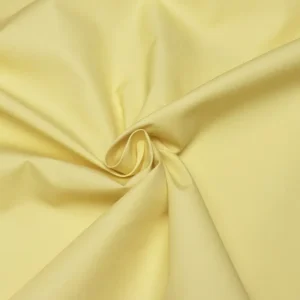 Heavy Poplin Fabric
Heavy Poplin Fabric -
 Poplin Lining Fabric
Poplin Lining Fabric -
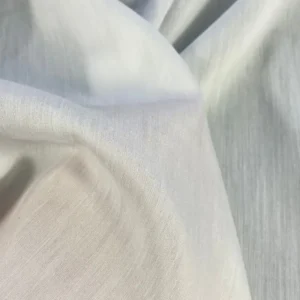 Silk Poplin Fabric
Silk Poplin Fabric -
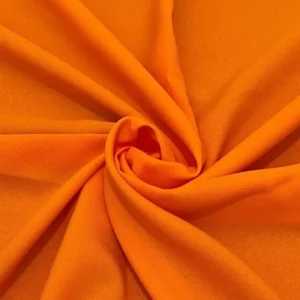 Orange Poplin Fabric
Orange Poplin Fabric -
 Navy Poplin Fabric
Navy Poplin Fabric -
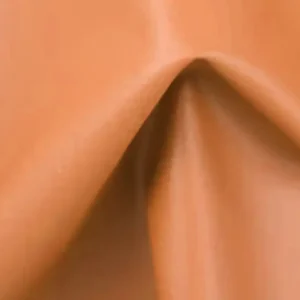 Laminated Poplin Fabric
Laminated Poplin Fabric -
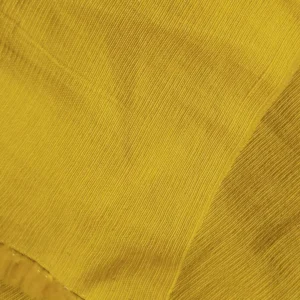 Nylon Poplin Fabric
Nylon Poplin Fabric -
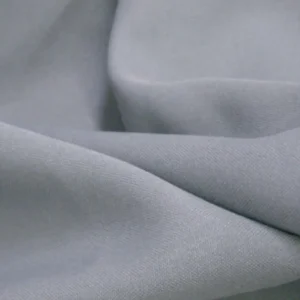 Grey Poplin Fabric
Grey Poplin Fabric -
 Woven Poplin Fabric
Woven Poplin Fabric -
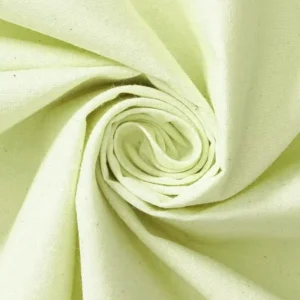 Lightweight Poplin Fabric
Lightweight Poplin Fabric
Poplin fabric is a versatile and durable textile characterized by its distinctive ribbed texture. This texture is created by a plain weave, where fine warp yarns are tightly woven with thicker weft yarns, resulting in a fabric with a subtle horizontal ribbing. This weave structure gives poplin a smooth, flat surface with a slight sheen, making it suitable for a wide range of applications.
Traditionally made from silk, poplin is now commonly produced using cotton, polyester, wool, or blends of these fibers. Its tight weave contributes to its strength and resilience, while maintaining a lightweight feel. Poplin is known for its ability to hold its shape and resist wrinkles, making it a popular choice for both apparel and home textiles.
Types of Poplin Fabric
Poplin fabric, known for its distinctive ribbed texture and versatility, is a staple in various textile applications. Understanding the different types of poplin fabric helps in selecting the right material for specific projects. Here’s a breakdown of the common types, their benefits, and applications.
Cotton Poplin
Benefits: Cotton poplin is renowned for its breathability, comfort, and soft texture. Made from 100% cotton, it offers excellent moisture absorption and is gentle on the skin, making it ideal for everyday wear. Its lightweight yet durable nature allows for comfortable clothing that withstands regular use. Cotton poplin also takes dyes and prints well, providing a wide range of design possibilities.
Applications: Cotton poplin is widely used in shirts, blouses, dresses, and children’s wear due to its comfort and versatility. It is also popular for quilting and crafting projects, where its smooth surface and ease of handling are advantageous. The fabric’s breathability makes it suitable for warm climates, ensuring comfort throughout the day. Its ability to hold crisp lines and folds makes it a preferred choice for tailored garments.
Fabric Characteristics: Cotton poplin exhibits a fine, horizontal ribbing that is subtle yet distinctive. This weave structure provides a smooth, flat surface with a slight sheen. The tightly woven construction ensures durability and prevents fraying, while maintaining a lightweight feel. Cotton poplin is easy to sew and handle, making it a favorite among both amateur and professional sewers.
Polyester Poplin
Benefits: Polyester poplin is prized for its durability, wrinkle resistance, and low maintenance. Made from 100% polyester, it offers excellent resistance to shrinkage and fading, ensuring garments maintain their appearance over time. Its quick-drying properties make it ideal for travel clothing and outdoor wear. Polyester poplin is also more affordable than cotton poplin, making it a cost-effective option for large-scale production.
Applications: Polyester poplin is commonly used in workwear, uniforms, and outdoor apparel due to its durability and easy care. It is also popular for linings and industrial applications, where its strength and resilience are essential. The fabric’s wrinkle resistance makes it suitable for travel clothing and garments that require minimal ironing. Its affordability makes it a practical choice for large-scale projects and mass production.
Fabric Characteristics: Polyester poplin maintains the distinctive ribbed texture of poplin but with a slightly smoother, more synthetic feel. It is known for its strength and resistance to tearing, making it suitable for heavy-duty applications. The fabric’s ability to hold its shape and resist wrinkles makes it a practical choice for garments that need to maintain a polished appearance.
Silk Poplin
Benefits: Silk poplin is a luxurious fabric known for its smooth texture, elegant drape, and subtle sheen. Made from silk fibers, it offers a refined appearance and exceptional comfort. Silk poplin is lightweight yet strong, providing a delicate feel without compromising durability. Its natural luster and rich color absorption make it ideal for high-end garments.
Applications: Silk poplin is commonly used in high-end apparel, such as evening wear, blouses, and dresses, where its elegant appearance and luxurious feel are desired. It is also popular for scarves, ties, and accessories, adding a touch of sophistication to any outfit. The fabric’s smooth drape and refined texture make it suitable for creating flowing garments and tailored pieces.
Fabric Characteristics: Silk poplin exhibits the characteristic ribbed texture of poplin but with a smoother, more lustrous finish. The silk fibers contribute to a soft, fluid drape, enhancing the fabric’s elegance. Silk poplin is lightweight and comfortable, making it suitable for both formal and semi-formal wear. Its rich color absorption allows for vibrant and deep hues, adding to its luxurious appeal.
Wool Poplin
Benefits: Wool poplin offers warmth, durability, and a refined texture, making it ideal for cooler climates and tailored garments. Made from wool fibers, it provides excellent insulation while maintaining a smooth, polished appearance. Wool poplin is also naturally wrinkle-resistant and retains its shape well, ensuring a polished look throughout the day.
Applications: Wool poplin is commonly used in suiting, jackets, and trousers, where its warmth and durability are essential. It is also popular for uniforms and formal wear, where a refined and professional appearance is required. The fabric’s ability to hold its shape and drape elegantly makes it suitable for tailored pieces.
Fabric Characteristics: Wool poplin maintains the distinctive ribbed texture of poplin but with a slightly heavier weight and a matte finish. The wool fibers contribute to a warm and comfortable feel, while the tight weave provides durability and structure. Wool poplin is known for its excellent drape and ability to hold crisp lines, making it ideal for tailored garments.
How to Choose the Best Poplin Fabric
Selecting the best poplin fabric requires careful consideration of several factors to ensure it meets your specific project needs. Poplin’s versatility makes it suitable for various applications, from apparel to home textiles, but the right choice depends on the desired properties and aesthetic. Evaluating the fiber content, weave quality, weight, and finish is crucial for optimal results.
Here are key aspects to consider when choosing poplin fabric:
Fiber Content:
Consider the fiber content based on your project’s requirements. Cotton poplin offers breathability and comfort, ideal for shirts and dresses. Polyester poplin provides durability and wrinkle resistance, suitable for workwear. Silk poplin brings a luxurious feel to formal wear, while wool poplin offers warmth and structure for tailored garments. Each fiber type contributes unique properties, influencing the fabric’s performance and aesthetic.
Weave Quality:
Examine the weave quality to ensure a tight and even construction. A well-woven poplin will have a smooth surface and resist fraying. Check for any inconsistencies or loose threads that could compromise the fabric’s durability. A high-quality weave ensures the fabric maintains its shape and appearance, contributing to the garment’s longevity.
Weight and Drape:
Choose the fabric weight based on the intended use. Lightweight poplin is suitable for shirts and blouses, offering a comfortable drape. Medium-weight poplin is ideal for dresses and skirts, providing structure and shape. Heavy-weight poplin is suitable for jackets and trousers, offering durability and warmth. The fabric’s drape influences how it hangs and moves, affecting the garment’s overall silhouette.
Finish and Color:
Consider the fabric’s finish and color to match your design requirements. A mercerized finish enhances the fabric’s luster and strength, while a wrinkle-resistant finish reduces the need for ironing. Ensure the color is even and vibrant, and check for any fading or discoloration. The fabric’s finish and color contribute to its aesthetic appeal and suitability for specific projects.
Conclusion
Poplin fabric’s versatility and unique ribbed texture make it a staple in various textile applications. From the breathable comfort of cotton poplin to the luxurious drape of silk poplin, each type offers distinct benefits tailored to specific needs. Understanding these variations allows for informed fabric selection, ensuring optimal results in your projects.
The adaptability of poplin extends to its use in both casual and formal wear, as well as home and industrial applications. Its durability, ease of care, and ability to hold dyes and prints further enhance its appeal. By choosing the right type of poplin, you can achieve the desired aesthetic and functional qualities for any design.
For a diverse selection of high-quality wholesale poplin fabric, explore the extensive range at Fanda Fabrics. We provide various poplin types, ensuring you find the perfect material for your projects. Contact us today to request a quote and experience the superior quality and versatility of our poplin fabric.
